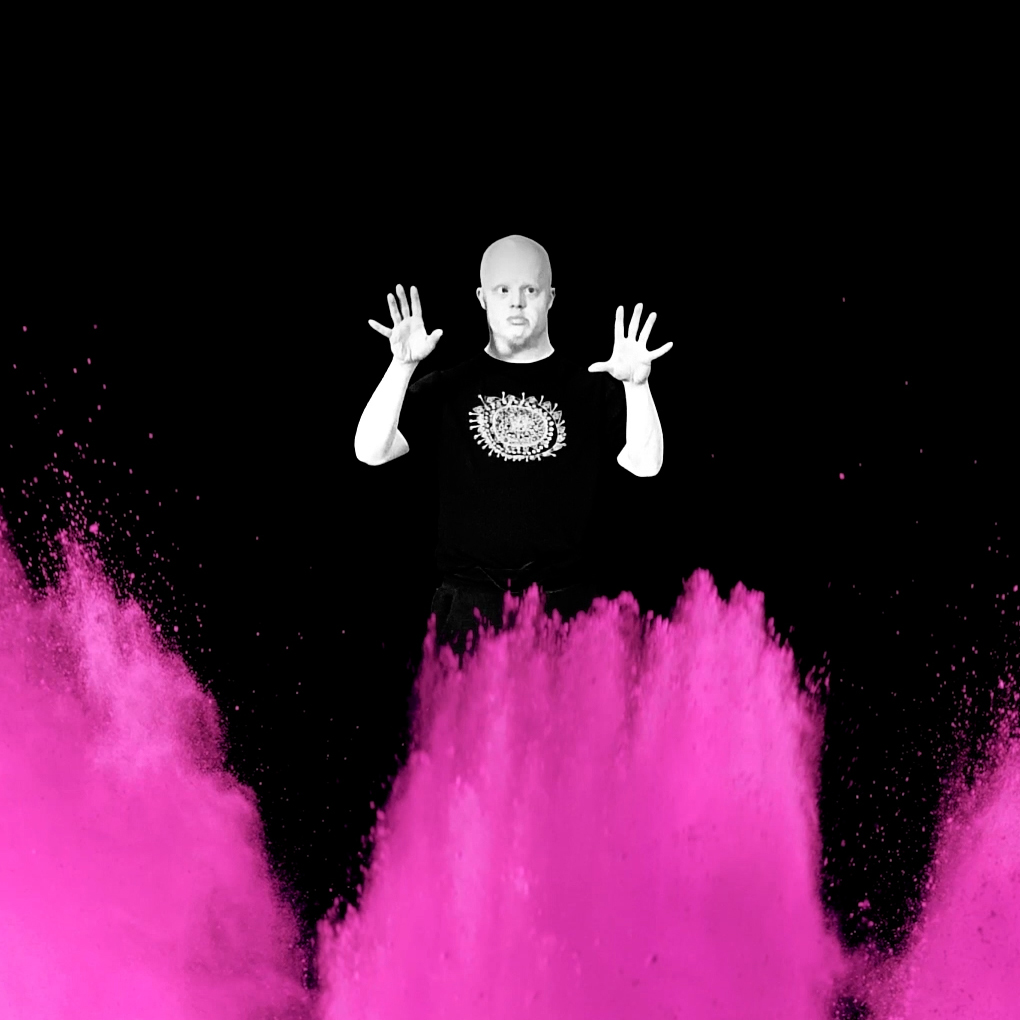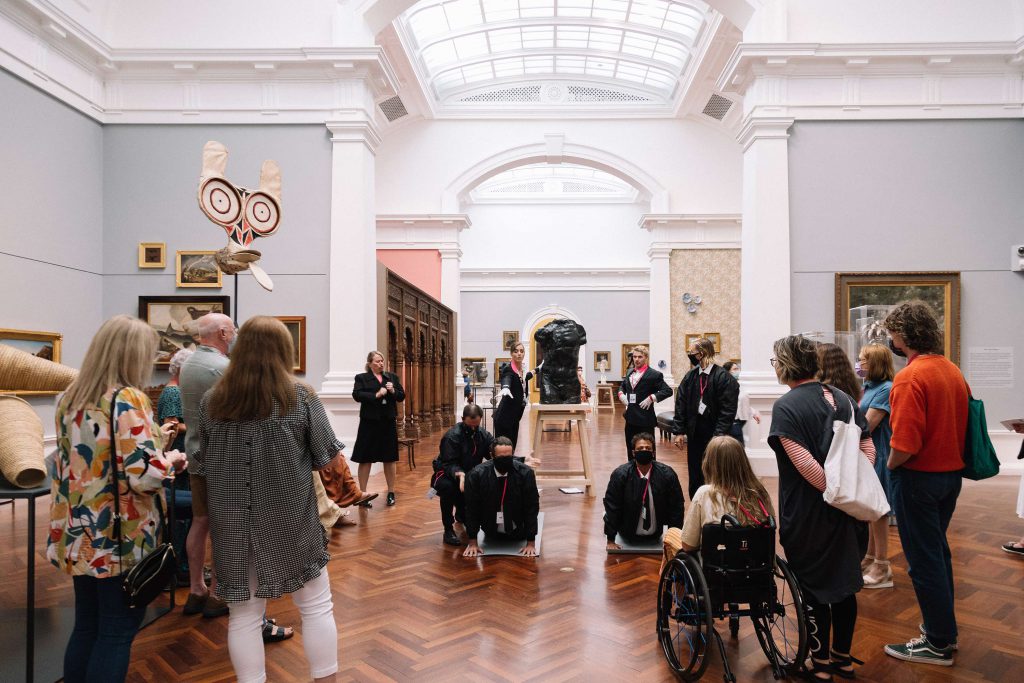Note: Images coming soon
What’s Disjunction?
We made Disjunction so people can talk about disability arts and contemporary arts.
disability arts mean disabled artists in charge of the artwork they make.
contemporary art means artwork that is being made now.
We want to know what happens when disabled artist create art with non-disabled artists.
Learning disabled and neurodivergent artists are at the centre of Disjunction.
Learning disabled means people who take longer to learn. It includes people with:
-
- Downs Syndrome
- Williams Syndrome
- Global Development Delay
- FASDs
Neurodivergent means autistic people. It also includes people with:
-
- ADAH
- Dyslexia
- Dyspraxia
- Tourettes
We stand with the wider community of Deaf and disabled artists.
Disjunction is an ally friendly space.
ally means supporter.
We say hi and welcome to non-disabled allies!
We’re calling this a ‘living publication’.
living publication means we will add more articles so we can keep having conversations.
We want disjunction to be a space where we can:
- Share new projects and ideas
- Find out the barriers for disabled artists in contemporary arts.
- Find new ways of working
- Make change to include learning disabled and neurodivergent artists in Contemporary Arts
Why is it called Disjunction?
In English, the word ‘disjunction’ means: difference.
We choose the word Disjunction to show the difference between disability arts and contemporary arts.
Learning disabled and neurodivergent artists can be excluded from contemporary arts.
We want to see Learning disabled and neurodivergent artists included in Contemporary Arts.
From the team
Fiona Tuomy is a disabled writer and advocate. Fiona worked as a writer and a producer on Disjunction.
Fiona said:
We made Disjunction so people can talk about how the best ways to include disabled artists in Contemporary Arts.
It is important for Tutti Arts to be involved in this conversation.
Tutti Arts Vision: Learning disabled and neurodivergent people seize their rightful place at the centre of arts and culture.
Disjunction was started with our Reaching Out exhibitions.
We want to have professional pathways for all Tutti artists.
Gaelle Mellis, is a disabled artist. Gaelle is the Creative Director, Tutti Arts. Gaelle said:
Reaching Out made her think.
She thought about how disabled and non-disabled people can work in a fair and equal way.
How do Major Cultural Institutions work with the Reaching Out artists in a fair and equal way.
Major Cultural Institutions means a large organisation that collects art work and other things they think is important to our culture.
Access Manifesto
This section talks about why access is important and what access is on Disjunction.
Disjunction access:
- Easy Read versions of written articles
- Plain English summaries for written articles
- Alt text for images for people who are Blind
- You can listen to an article.
- You can listen or read podcasts
- FS Me Font throughout site. FS Me Font was designed for and by learning disabled people.
- Videos have captions and audio description
If you have any questions about access you should contact us by visiting disjunction.art/about/contact-us.


